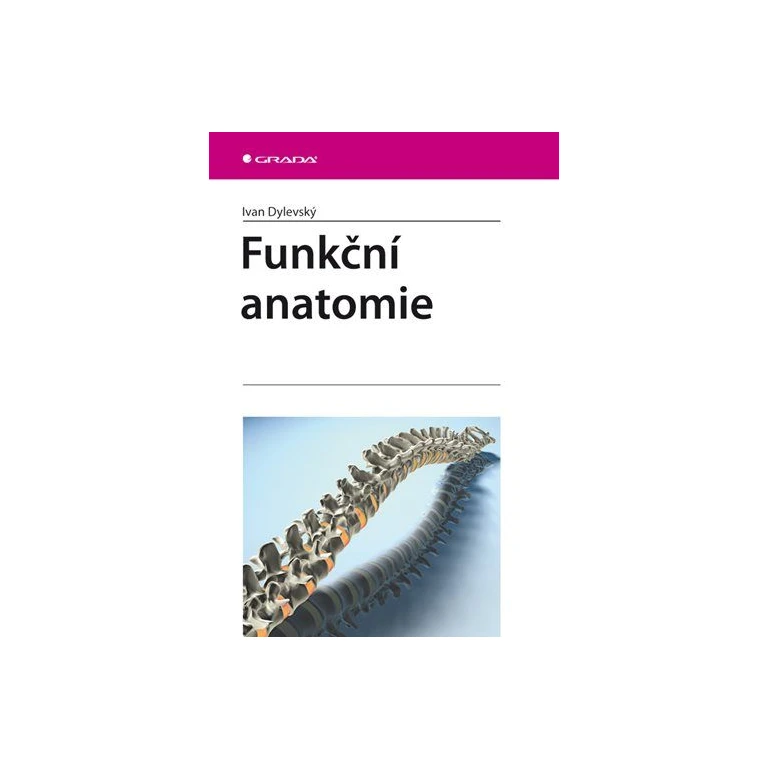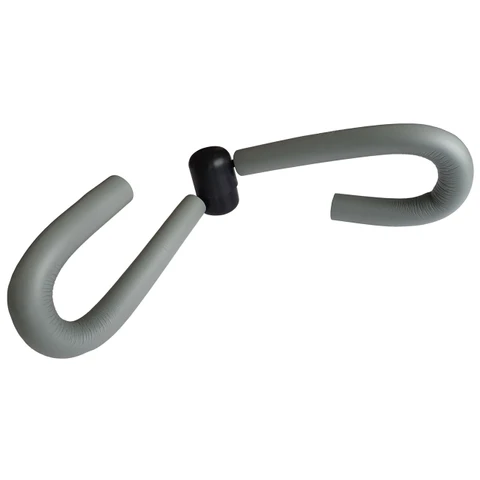Functional anatomy
Functional anatomy
Functional anatomy - Description
Functional Anatomy is designed as a modern basic interdisciplinary morphological text for a wide range of students of several faculties and other schools. The concept of Functional Human Anatomy is based on the interdependence of structure and function of the human body and allows the causality of the development, structure and functional manifestations of organ systems to be understood at the very beginning of the study.
The target group of students for whom the text is intended are students of physiotherapy, individual disciplines of biomedical engineering, kinanthropology, secondary and higher medical schools and other non-medical health disciplines. Teaching disciplines combined with biomedical disciplines will also appreciate the book. The book is also suitable for teachers of physical education, sports and other forms of physical activities. The text is structured in such a way that it allows, with the help of pictograms and other graphic elements, the selection of knowledge intended for often very different fields of study (nanotechnology, therapeutic physical education, radiological assistant, etc.).
Over the last decade, not only has knowledge of the structure and function of the body grown so enormously that it has become necessary to respond to it in the whole concept of didactics of basic disciplines, but the number of disciplines and specialisations (so-called biomedicine) has also increased unprecedentedly, generating very different requirements for the selection of anatomical (morphological) knowledge than those reflected in the previously used and often no longer available texts. Both the content and the didactic movement in the field require an appropriate response not only in direct teaching but also in the content of textbooks, which codify the conceptual apparatus and thus the knowledge requirements of the field being taught.
The formal structure of the text of each chapter is based on the recommendations on the harmonisation of EU higher education.
The two-colour publication is supplemented by 233 original figures and 21 tables.
About the Author
Dylevský Ivan
Professor at the 1st Faculty of Medicine, Charles University. In 1965 he graduated from the Faculty of General Medicine of Charles University in Prague, in 1972 he became a candidate of medical sciences, in 1976 he received an associate professorship. In the following ten-year period, he focused on the problems of the growth of the human embryonic hand and its structural components. After defending his PhD, the appointment procedure was initiated in 1986, which ended a year later with his appointment as a professor. He works at ZSF JU as the managing editor of the registered journal Contact. He continues to head the Department of Anatomy and Kinesiology for the UK FTVS and CTU, lectures at the Institute for the Further Training of Physicians and is involved in other activities.
Date of publication: 25. 09. 2009
Format / pages: 167×240, 544 pages
Language.






